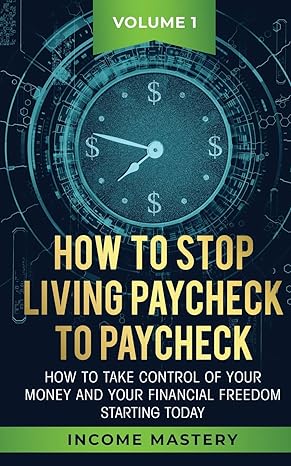Answered step by step
Verified Expert Solution
Question
1 Approved Answer
Case Summary: The Entrepreneur's Dilemma Giulia Ferrato grew up in the area of the Alpine Mountains in Italy, famous for snow skiing and rock climbing.
Case Summary: The Entrepreneur's Dilemma Giulia Ferrato grew up in the area of the Alpine Mountains in Italy, famous for snow skiing and rock climbing. Giulia loved climbing sheer rock walls! She's proficient in four languages and received a degree in engineering. After graduation, she worked five years as a manufacturing design engineer for an Italian appliance manufacturer. She then moved to Colorado to pursue an MBA, and took an internship at a company that specialized in retailing mountaineering equipment, both on-line and via a Denver store. Ferrato had an idea to improve the piton, a flat spike that climbers use to hammer into crevices in the walls to attach support lines to. Piton's need to be strong as they are reused (hammered in) often. Most pitons are made of steel alloys. That strength brings extra weight, which is an issue for climbers. Ferrato sought a lightweight high-strength piton, but none were currently on the market. She designed a piton made with lightweight titanium that would be just as strong, but much lighter than the steel alloy pitons. She located a nearby drop forge company with excess capacity that could convert titanium bars into her newly designed pitons. Her current employer (internship) agreed to purchase her titanium pitons at the right price and quality. Hence, her company TenAlpina Tools was launched! Her sales reorder rate started and remained at 1,000 per month. The retailer paid her $11.00 per piton. The forge charged her $9,000 to make, pack and ship 1,000 pitons. After accounting for waste and recovery, the cost of the titanium bars was $1.45 per piton. Clearly, she wasn't making much money. The retailer (her only current customer) offered to increase his monthly order to 4,000 units per month at a reduced price of $10.50. In return, he wanted a two year exclusive supplier arrangement. He indicated demand could be 10% higher, but wasn't willing to commit to that. In the meantime, Stanley Kowalchek (her drop forge vendor) decided to close his business and retire. He asked if she wanted to buy the company, and indicated she had been his only customer the past three months. She also learned from Stanley that: o Her volume of 1,000 units consumed one week of work for his cross-trained staff of six people. Each worker's annual wages/benefits cost $57,500 Occupancy costs (utilities other than electricity, rent, etc.) were $33,000 for the last year. 000 The equipment was in good shape and depreciation was $14,355 last year. Variable supplies expenses were $110 for the last order of 1,000 pitons. Electricity was $1,908 last month when the only production was 1,000 pitons. Two months ago the bill was $1,962 when he made 1,300 pitons. Ferrato estimated that administrative costs (payroll processing, property management, etc.) would be $600 per month. Kowalchek indicated that he'd be willing to sell the business for the Net Book Value (NBV) of the assets. Ferrato thought that was less than $100,000. Case Question 1: If Ferrato were to accept the customer's contract offer and take over the forge, how would TenAlpina's business model change? (Note revenue stream and cost structure.) Key Partners: Key Activities: Key Resources: Customer Relationships: Channels: Customer Segments: Revenue Stream
Step by Step Solution
There are 3 Steps involved in it
Step: 1

Get Instant Access to Expert-Tailored Solutions
See step-by-step solutions with expert insights and AI powered tools for academic success
Step: 2

Step: 3

Ace Your Homework with AI
Get the answers you need in no time with our AI-driven, step-by-step assistance
Get Started


